Hop aboard the Basilisk, a spacious, environmentally designed, long-range liveaboard destined for adventure on the high seas. Built in Canada for North Atlantic waters, she now sails in the Western Indian Ocean out of Mahé, Seychelles. For scuba diving, snorkeling, kayaking, swimming, bird, whale and dolphin watching, nature photography – incredible encounters from purely peaceful to adrenaline-laced thrills on every cruise.
Basilisk was built in 2004 as a commercial North Atlantic fishing vessel and was subsequently refitted for marine research, then was transformed in 2015 into an expedition yacht with a 7 m aft extension, new aft mast and boom lifting 5 tons and more economical engines plus eco-friendly systems. She proudly contributes to cleaner seas through low fuel consumption, a solar electric system, an anaerobic black water treatment plant, a gray water holding system and water-makers. Eco-friendly cleaning materials are used whenever possible. Our aim is to leave a very small footprint wherever she sails.
The bright, spacious air-conditioned salon with vaulted ceiling and operable windows welcomes you with its deep sofas, large screen TV with digital presentation ports plus a dining area for up to eight. An interior dining area provides seating for up to 8 guests.
The Aft Deck is the center of activity onboard. Most meals are served in the shade of the big awning on a big red maple table where snacks are also served and games can be played. An area is reserved for cameras and dive and snorkel equipment is stored here as well.
After a day full of adventure, relax in sun or shade on top where cocktails are served with the best views of often spectacular sunsets. While underway, this area also doubles as a lookout perch for dolphins, whales, giant mantas, soaring boobies and the occasional surprise guest appearance of a sleepy owl, an imperious hawk or other avians on a seasonal migratory voyage.
Double cabins
Three 14m2 (150 s.f.) cabins, one in each pontoon on the lower deck, and one on the main deck, provide space and privacy as each cabin is isolated from the others. All beds are queen-size (150 x 200) doubles converting to two singles through use of a simple Pullman-style divider panel permeable to light and air. Decor is light and bright; bed, bath and beach linens are changed twice weekly.
All cabins include ensuite baths with large glass showers, fresh-water flush toilets, and ample storage in drawers, closets and shelves. Each cabin has individually controlled air-conditioning, an electric fan, overhead LED lighting and reading lamps with USB connections. The main deck cabin offers fresh air through two large, operable screened windows. All windows are equipped with pull-down blinds.
Boat Specifications
Length: 26.79 m / 88 ft
Beam: 9.14 m / 30 ft
Draft: 2.45m / 8 ft
Construction: Marine-grade aluminum
Displacement: 90 tons
Engines: Cummins NTA 855 M; 350 hp @ 1800 rpm
Cruising / Max. Speed: 9.5 / 12 knots
Range: 6000 Nautical Miles
Flag: Antigua & Barbuda
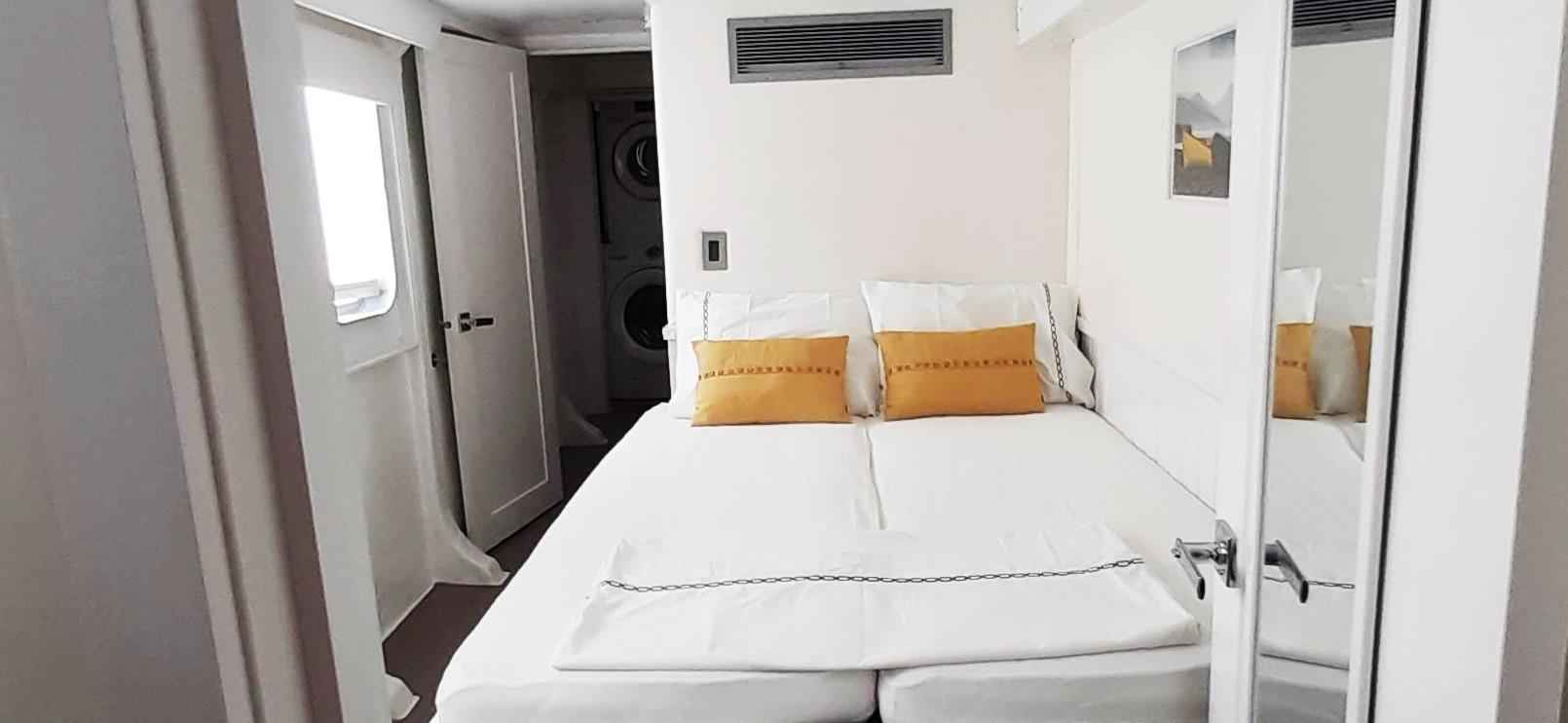
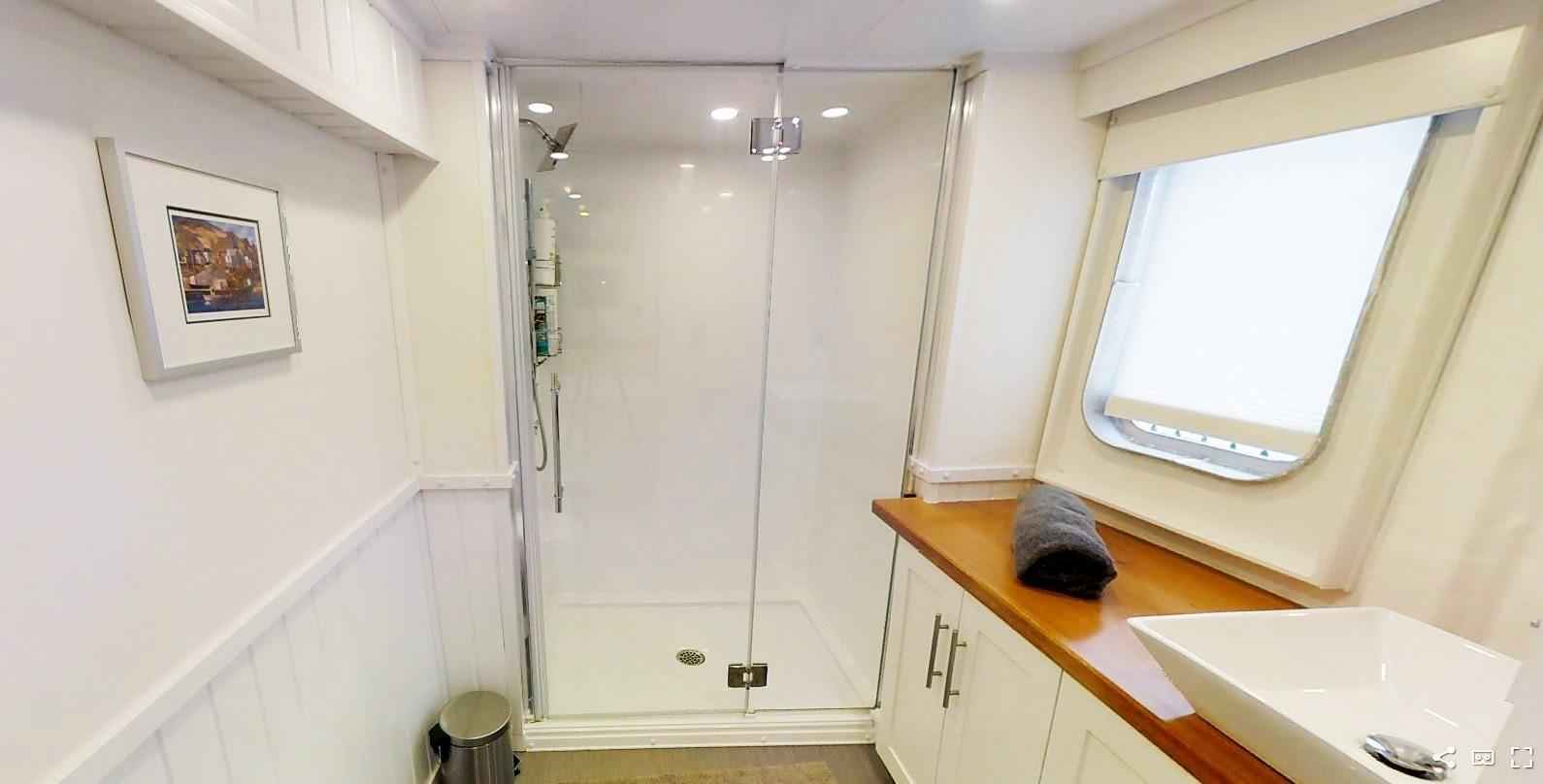
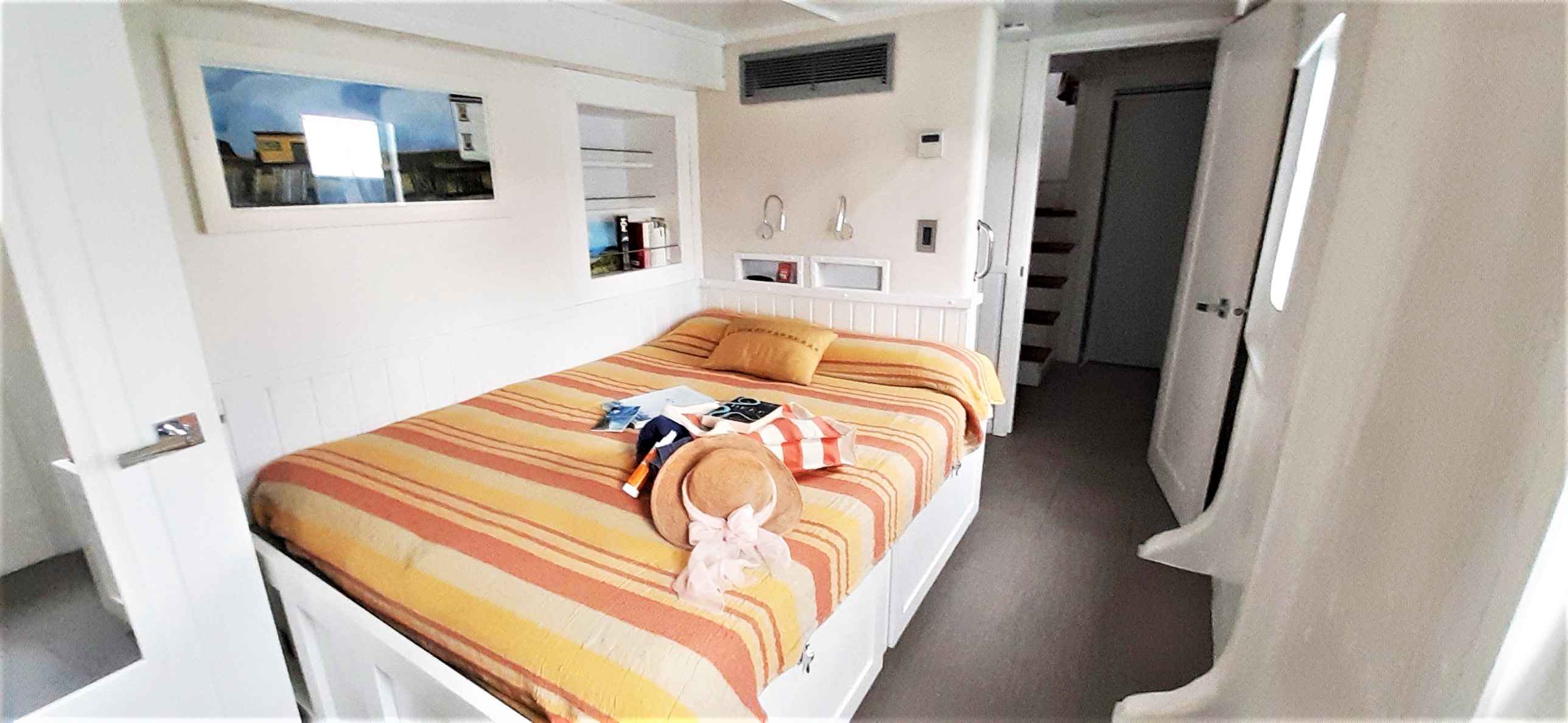
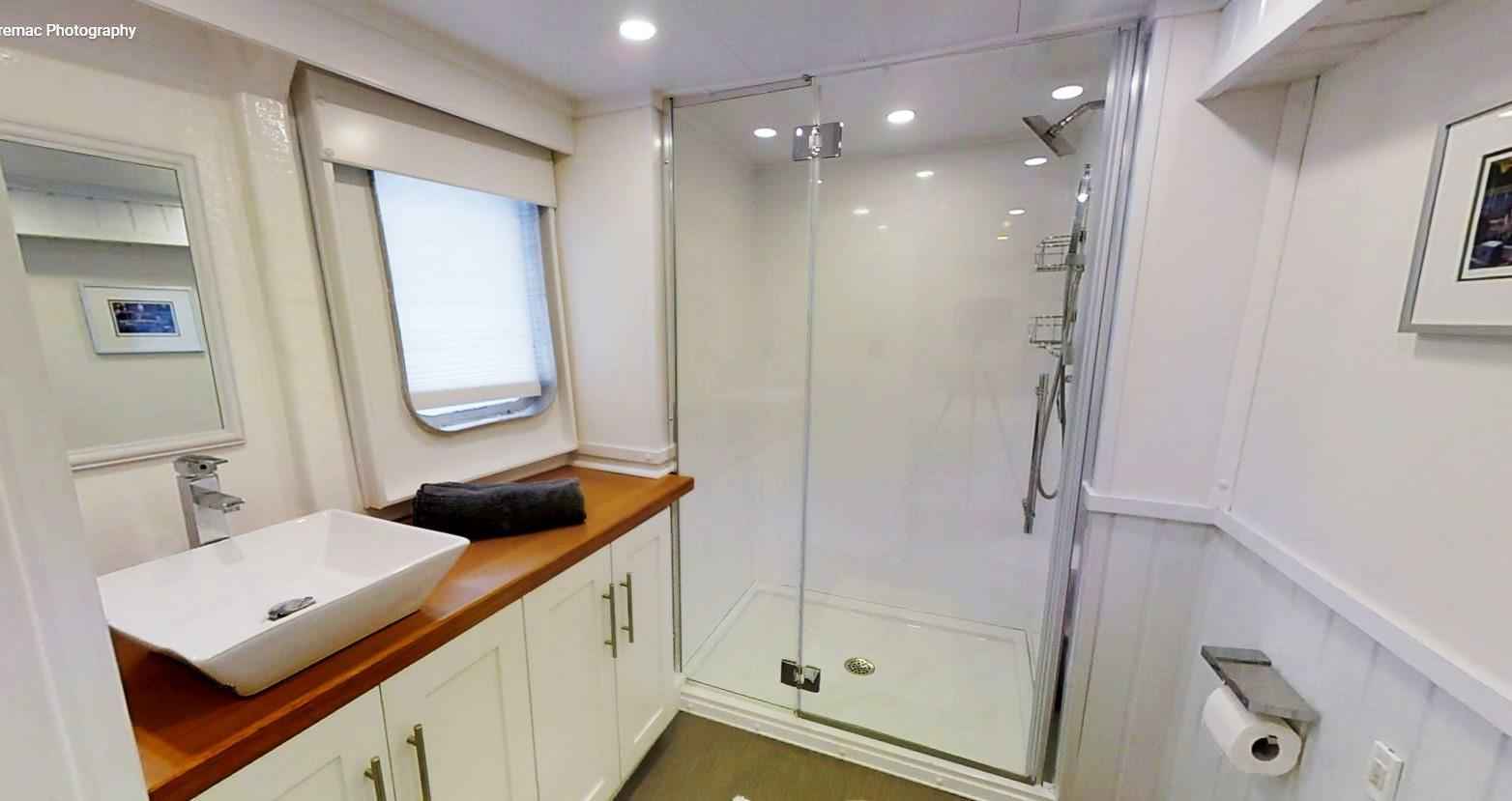
Cruises include excursions to marine and land conservation areas to better understand the influence of their flora and fauna on the sea. Take a guided walk through a natural palm forest featuring the famous coco de mer at the Vallé de Mai UNESCO World Heritage Site on Praslin. Snorkel through an underwater coral plantation with Nature Seychelles scientists researching replacement species. Enjoy sundowners on a remote beach. This is the perfect vessel to charter with friends/family.
Destinations:
Northern Inner Islands
The northernmost land masses of the Seychelles are known as the Inner Islands. Granitic and of unknown provenance, they rise above the sea surface from a massive plateau ca. 50 m deep that suddenly drops thousands of meters along its steep edges. The capital island of Mahé as well as the nearby major islands of Praslin and La Digue along with a host of smaller islands are located here, offering both true coral and granite reef diving.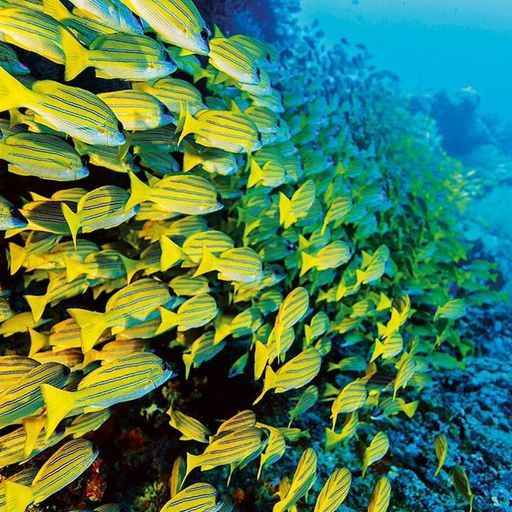
Inner Island Explorer Cruise
For newcomers to diving, snorkelers and Nature enthusiasts, this cruise is the perfect choice. Dive sites are located close to one another and land visits are possible almost daily. Underwater visibility is good in high-seasons, ca. 30 m During plankton-rich low-visibility periods, whale sharks come to feed at the surface where you can swim with them.
The cruises include excursions to marine and land conservation areas to better understand the influence of their flora and fauna on the sea. Take a guided walk through a natural palm forest featuring the famous coco de mer at the Vallé de Mai UNESCO World Heritage Site on Praslin. Snorkel through an underwater coral plantation with Nature Seychelles scientists researching replacement species. Enjoy sundowners on a remote beach. Other non-diving activities available as extras include:
Aride Special Reserve Visit
Grande Soeur Hike
Cousin Island Tour
Silhouette Island Tour
Denis Island Nature Walk
Source d’Argent Beach Visit
Felicité Island Turtle Swim
l’Union Plantation Bike Tour
Diving & Marine Life
The Inner Islands can be enjoyed year-round. A variety of dive sites range from shallow, protected areas with no current to beautiful coral slopes, caves, walls, and amphitheaters with mild to moderate current. There are also many opportunities for exciting night dives. Watch an octopus de-camouflage, glide across the decks of a wreck, spot a ghost moray weaving in his hole or swim with a whale shark in plankton season. World-renown dives such as Ennerdale Wreck and Brissares Rocks are found here along with many lesser known, more spectacular areas at The Sisters, Aride, Bird, Denis, Marianne, Curieuse, Cousin, Silhouette and others.
The Praslin-La Digue group of the northern Inner Islands includes a few islands far to the North and East on the edges of the Mahé Plateau. This part of the sea features reefs and underwater mounts. The richly variegated topography provides magnets for bottom fish, trevallies, schools of young fish and naturally the pelagics who hunt them. Amongst these are sailfish, black marlin, amberjacks, dogtooth and yellowfin tuna, gray, white tip and black tip sharks. Bonefish, milkfish, rays, and turtles frequent the reefs and lagoons. A 2010 aerial survey proved that this area had the second-highest level of cetacean density and diversity in all the surveyed regions of the Southwest Indian Ocean. Spinner and spotted dolphins, short-finned pilot whales, sperm and pygmy sperm whales, and blue whales are seen, especially during migration periods.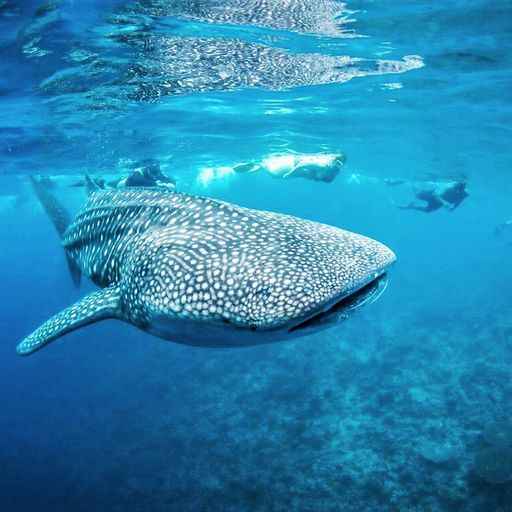
Northern Drop-Off
Explore little-known and rarely visited dive sites along the northern edge of the Mahé Plateau near Bird, Denis & Frégate Islands. Due to deeper depths and stronger, changeable currents, this is an area for experienced divers. Depending on the season, whales, dolphins, giant rays, mantas, large gray and nurse sharks join us along with tuna and huge bump-head parrotfish. The Bird Island nesting grounds, the Cousin coral plantation, or a bike ride to l’Union Estate on LaDigue with giant land tortoises & gorgeous beaches can be integrated into the program by advance request. These expeditions depart and end on Mahé with possibilities to finish at Praslin or LaDigue. Optional land visits can be arranged at extra cost.
Bird Island Nature Walk
Frégate Island Nature Tour
Cousin Island Coral Garden
Source d’Argent Beach Visit
Denis Island Nature Walk
l’Union Plantation Bike Tour
Diving & Marine Life
The edge of the northern Mahé Plateau is best dived from October to early December and from March through mid-May. Dramatic granite boulder clusters create gullies and passages to inspect. Steep, incised walls covered with soft and hard coral formations drop to sandy bottoms where rays and the occasional nurse shark are found. Larger pelagics can be seen where the plateau drops quickly, whale songs and dolphin chatter heard from the Deep. Isolated lagoons and remote island reefs are populated by barracuda, jacks, turtles, rays and reef fish. Follow black and white tip sharks gliding between pinnacles and mounts. Photograph a ghoulish bearded rockfish peering up from below. Surprise, a giant stingray resting in the sand.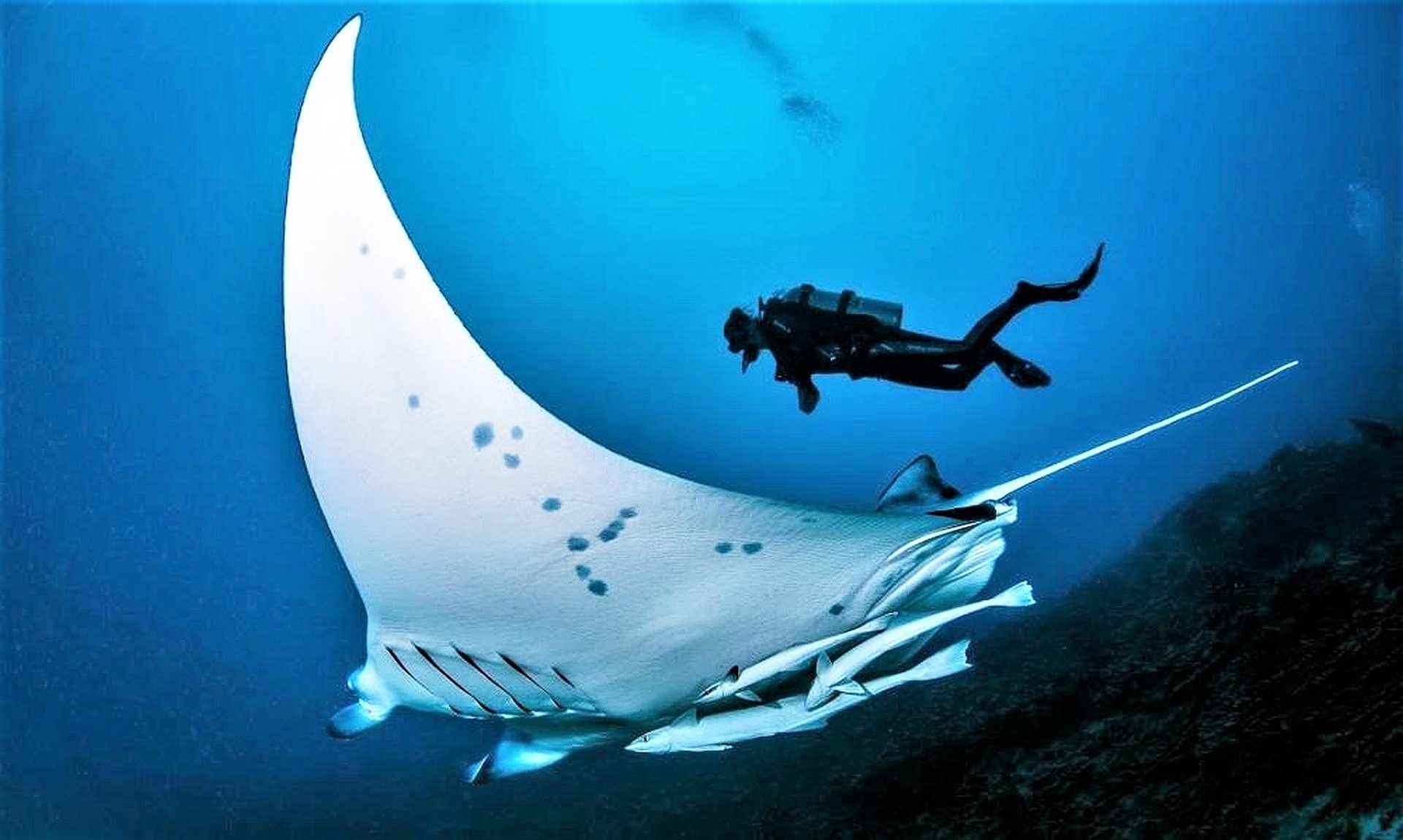
North Amirantes - Desroches
The Amirantes, a chain of coral islands closest to the main granitic northern Mahé Plateau, start at African Banks 235 kms south of Mahé. There are 25 islands in this group which include true coral atoll formations at St. Joseph, Desroches and Poivre but also beautiful sand cays. The coral is healthy and abundant. Giant gorgonian fans and barrel sponges decorate the reefs, and marine life is prolific. It is rare that boats visit here. The few tourist resorts are exclusive, reached only by expensive chartered flights. Almost no one is diving in these waters, and so you will often find yourself alone with no one else in sight.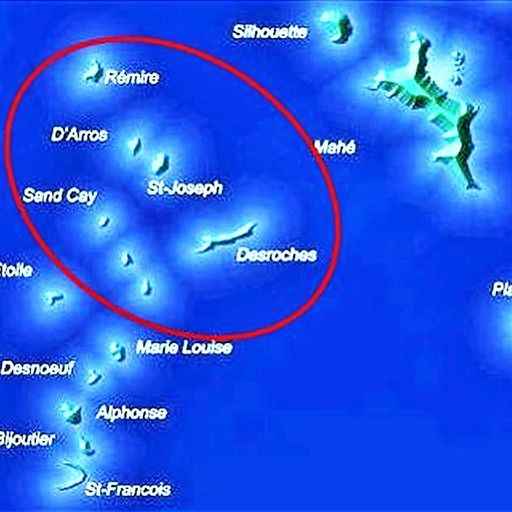
North Amirantes Expedition – Desroches Cruise
After a check dive off of Mahé, we sail directly to Desroches, an overnight trip averaging 16 hours. Arriving early morning, we typically begin around Desroches Drop where the diving is intense, the biodiversity immense. The terrain includes mini walls, natural tunnels, arcs, and light-filled coral gardens perfect for photographers. A series of seamounts such as Ile de Sud and Sandy Cay forming part of the fish-rich African Banks provides a necklace of reefs teeming with fish, while sharks patrol the edges. Further south, Poivre, Darros and St. Joseph reveal the treasures of their cays, walls, channels, submerged atolls, grottos & seamounts. A resident group of giant mantas cruises around Darros, making this one area for a likely encounter.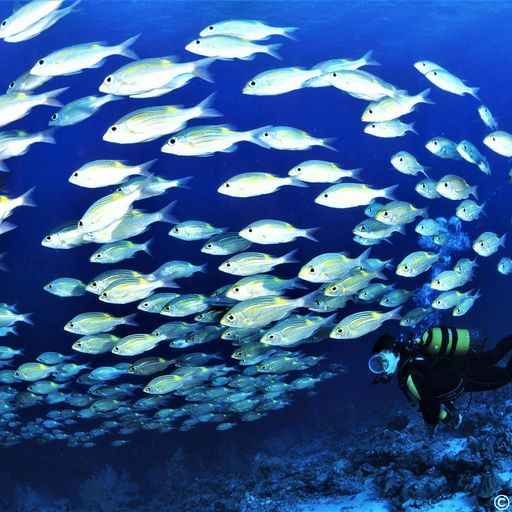
Diving & Marine Life
Between May and September, powerful southeast monsoon winds create rough conditions in the Amirantes. The calmest periods are between monsoons, so the best times to dive here are March to May and October through mid-December when visibility improves, up to 40 m. The most likely times to see giant mantas and sailfish are September to May. Throughout the year, there are grey, bull, nurse and reef sharks, platoons of eagle rays, solitary sting rays, giant trevally, jacks, barracuda, turtles, moray eels and all manner of interesting and rare smaller creatures such as nudibranchs.
South Amirantes - Alphonse
The southern Amirantes spiral around Alphonse Island, located 400 km/250 miles southwest of Mahé. Once owned by Mauritian families and merchants then by the British government, these isolated outposts were initially developed as maize, sweet potato, pineapple, and coconut plantations. Today, they provide luxury island getaways known for world-class diving and fly fishing. The islands are ringed by reefs with coral in good condition and pristine waters. Divers are few and far between, and so you will have the sea largely to yourself.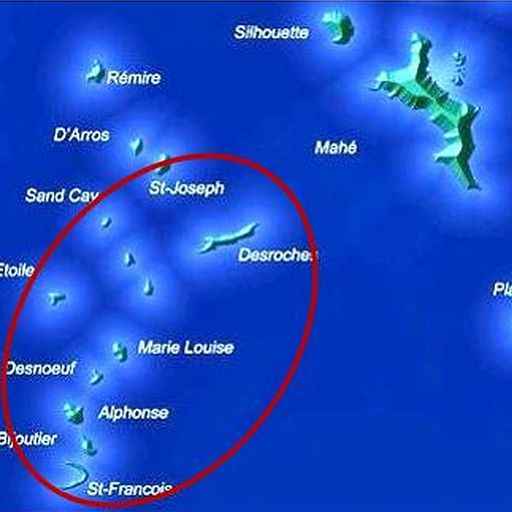
South Amirantes Expedition – Alphonse Cruise
After breakfast in Mahé, we sail directly to Alphonse, an overnight trip of ca. 26 hours. Arriving in the late morning, we typically begin at Bijoutier, a small jewel-like islet separated from nearby St. François by la Canal la Mort aka Death Channel. Filled with swift currents, the canal is unsafe to dive but on either side, there are good sites. Bijoutier is encircled by colorful corals, where large schools of fish gather. An extensive reef surrounds St. François, over which waves from The Deep roar. There are also a number of shipwrecks here. Desneoufs and Marie Louise, once guano production islands, are also on the agenda, though landing is complicated due to their rocky edges. In the course of our voyage, we experience wall diving, explore forests of Gorgonian fan coral, drift over gentle mounts and examine piles of giant boulders in sandy stretches where sharks, rays, and many species of fish and marine life reside.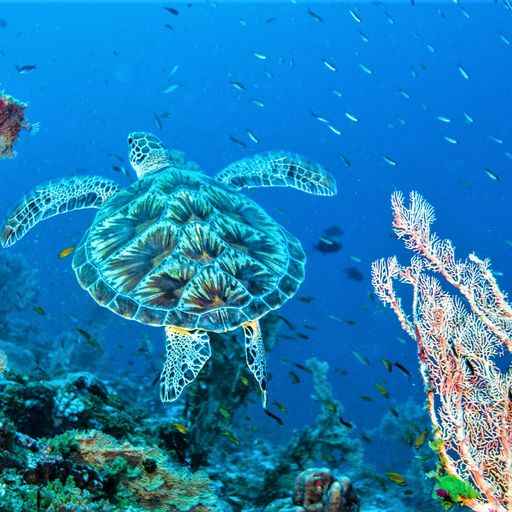
Diving & Marine Life
As in the North Amirantes, the best time for diving here is March to May and October to mid-November, when visibility levels can reach an astonishing 40 m. Spot a nurse shark searching for a soft bed on a gentle sandy slope. In fact, several shark species roam these waters including silver tips, hammerhead and bull sharks. Square off against a giant potato bass, out to defend his territory. Trail a platoon of eagle rays in formation sweeping past a thick fan coral forest where a rare long-nosed hawkfish lingers. Clouds of humpback and yellow snapper interspersed with oriental sweet lips in pairs or singles, bump-head parrotfish, bat fish and fusiliers abound with an occasional troop of barracuda passing through. Turtles, moray eels, lobsters, octopus, and cleaning shrimp plus an array of nudibranch are all present.
North & South Amirantes - Desroches & Alphonse
This cruise combines the highlights of the Northern and the Southern Amirantes itineraries, adding many additional dive sites not possible to visit during the 1-week expeditions. African Banks is one of these, the northernmost landfall of the Amirantes Group. It consists of two islets, North & South, which lie just 2 km apart. These flat, uninhabited islands, washed by waves sweeping over reefs, are surrounded by fish-rich waters. Rémire, a.k.a. Eagle Island, is the northernmost inhabited island in the Amirantes Group. Once a guano mining site and coconut plantation, it now boasts a small airstrip and a modest guest house. Marie Louise and Desnoeufs are known for important bird colonies & turtles.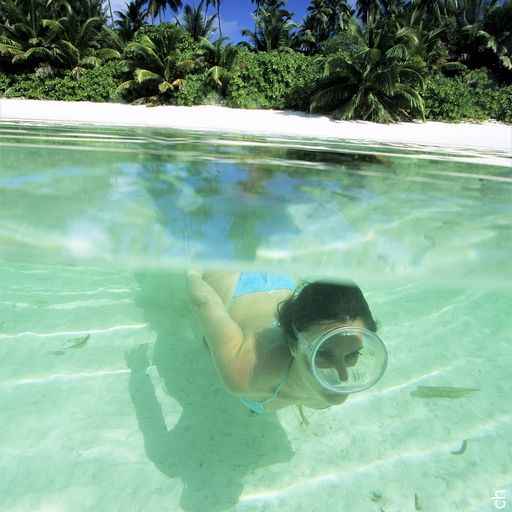
North & South Amirantes Expedition – Desroches & Alphonse Cruise
Following breakfast in Mahé, we depart for African Banks, an overnight trip of 14 hours. Arriving early in the morning, we typically dive here then at Rémire in the afternoon. Mackerel, tuna, giant trevally, job fish, wahoo, kingfish, jacks, and sharks are commonly seen. We move on towards St. Joseph Atoll and Darros stopping at Sandy Cay, exploring submerged atolls, seamounts, walls, and channels while keeping an eye open for the giant mantas. Then on to l’Étoile just west of the Amirantes Bank where the sea bottom drops steeply to 1000 m and the currents attract an abundance of larger fish including tuna, giant trevally, barracuda and sailfish. On the eastern side of the Bank sits Poivre Atoll, a reef platform of more than 20 km2 with jacks, snappers, and green turtles joined by colorful reef fish. Further south, Desnoeufs & Marie Louise offer fringing reefs full of discoveries, Hawksbill turtle nesting areas and significant bird populations. Dive sites at Bijoutier, St. François and Alphonse fill the remainder with our cruise before we head northwards, stopping for a full day with overnight in Desroches then returning to Mahé.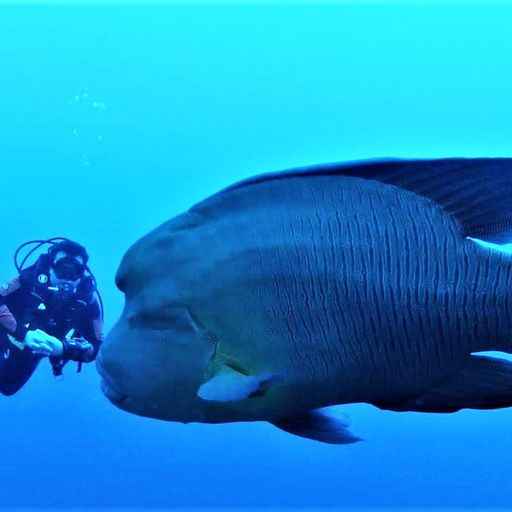
Diving & Marine Life
The best time for diving in the Amirantes is March to May and October to mid-November when the monsoon winds recede, and it is calm & dry with visibility levels at 30 to 40 m. Many types of sharks patrol the reefs, checking you out almost as soon as you hit the water. Greater and lesser barracuda, sometimes solitary but also in groups, materialize out of nowhere. Join a swarm of sweet lips and snappers rounding a coral head. Look for stingrays buried in the soft white sand below. Giant spotted pufferfish flutter their huge eyelashes, while rainbow-colored parrotfish deconstruct a coral outcrop below. Turtles paddle by in search of forage. Moray eels weave in their holes, sometimes emerging to snake their way towards a new resting spot. Marvel at scores of candy-colored damsels dancing over a clump of orange sponge, where a tiny black and yellow puffer fish busily helicopters about. Suddenly a giant Napoleon wrass appears and moves majestically across the scene, trailing a bevy of batfish in his regal wake.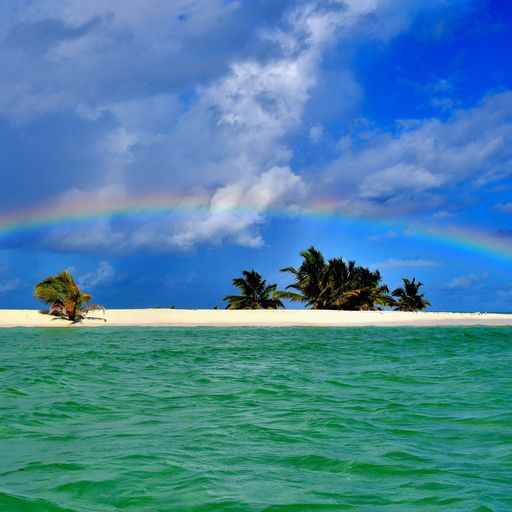
Trips are generally 6-11 nights with extensions available for parties of 4 or more
Typical Daily Schedule:
06.45 Light breakfast & gear up
07.00 First dive or swim / snorkeling
08.30 Main breakfast
10.00 Second dive or beach / land visit
12.00 Lunch
14.00 Third dive or snorkeling / land visit
15.30 Snack
16.30 Fourth dive or swim / snorkeling
18.00 Cocktails or Night Dive
19.00 Dinner (postponed to 2000 if night dive)